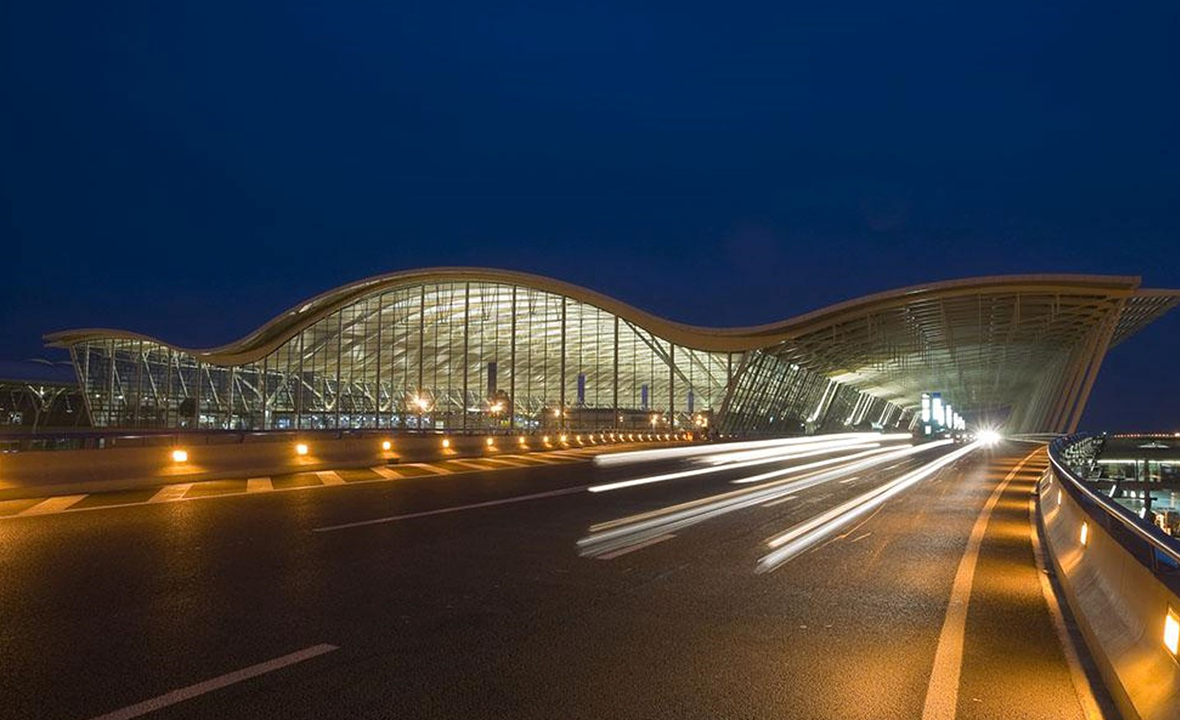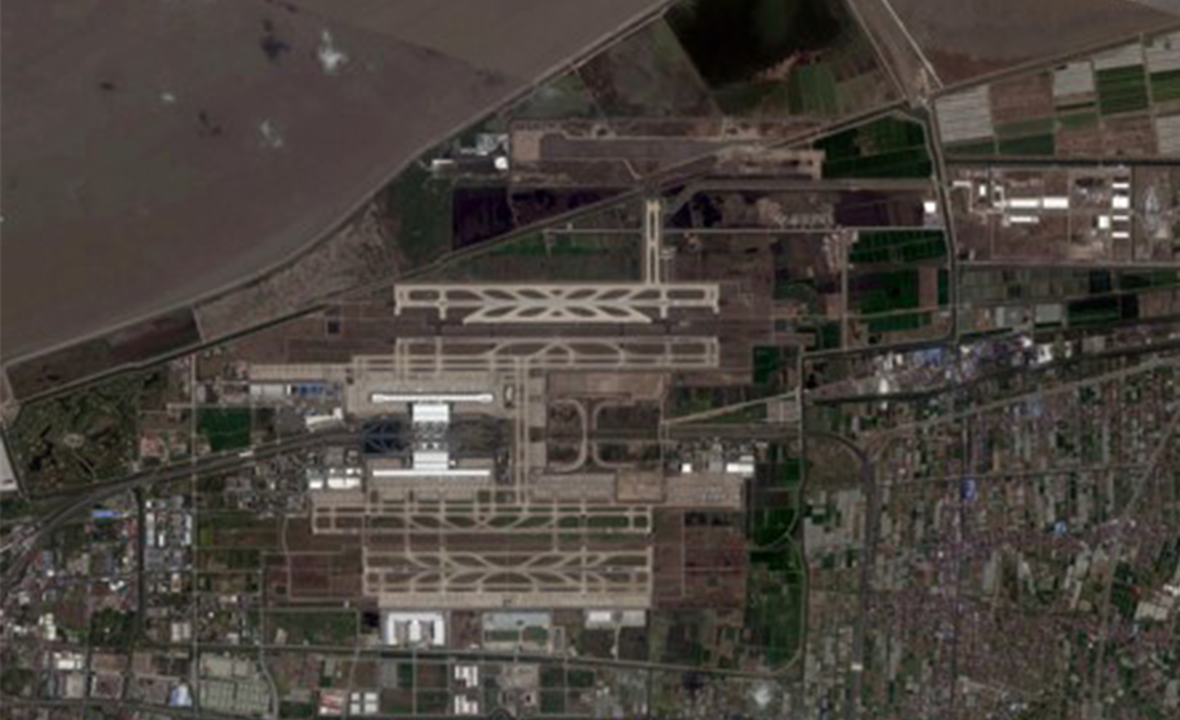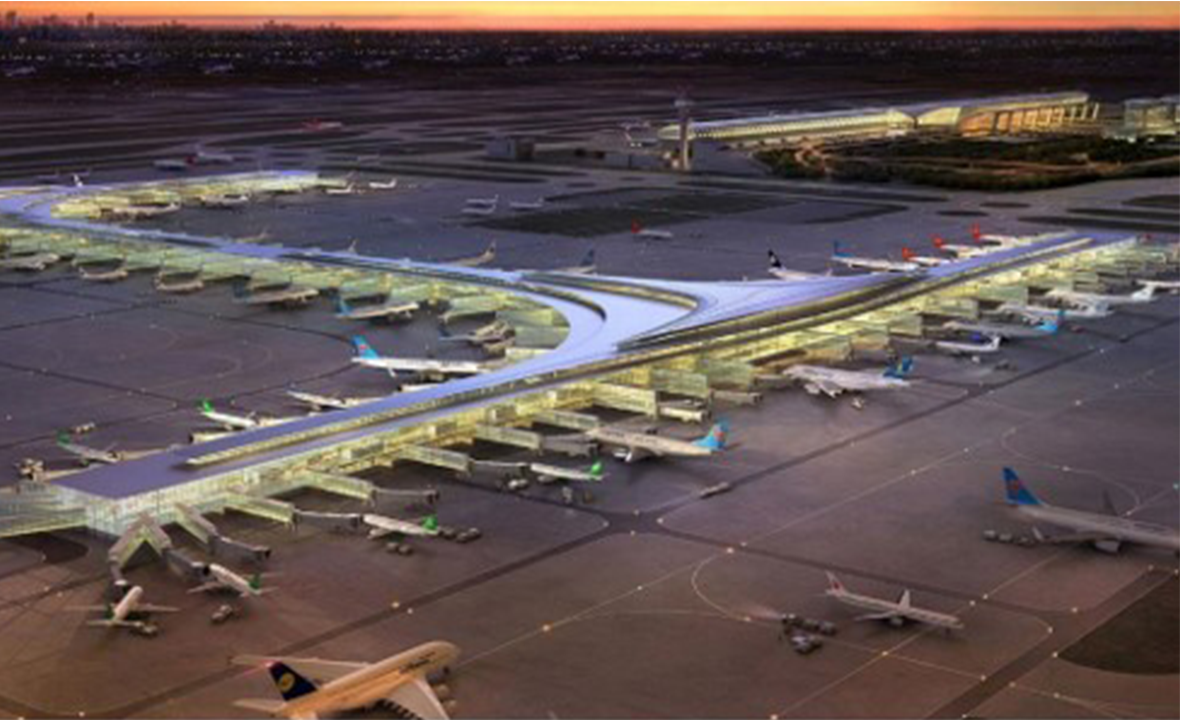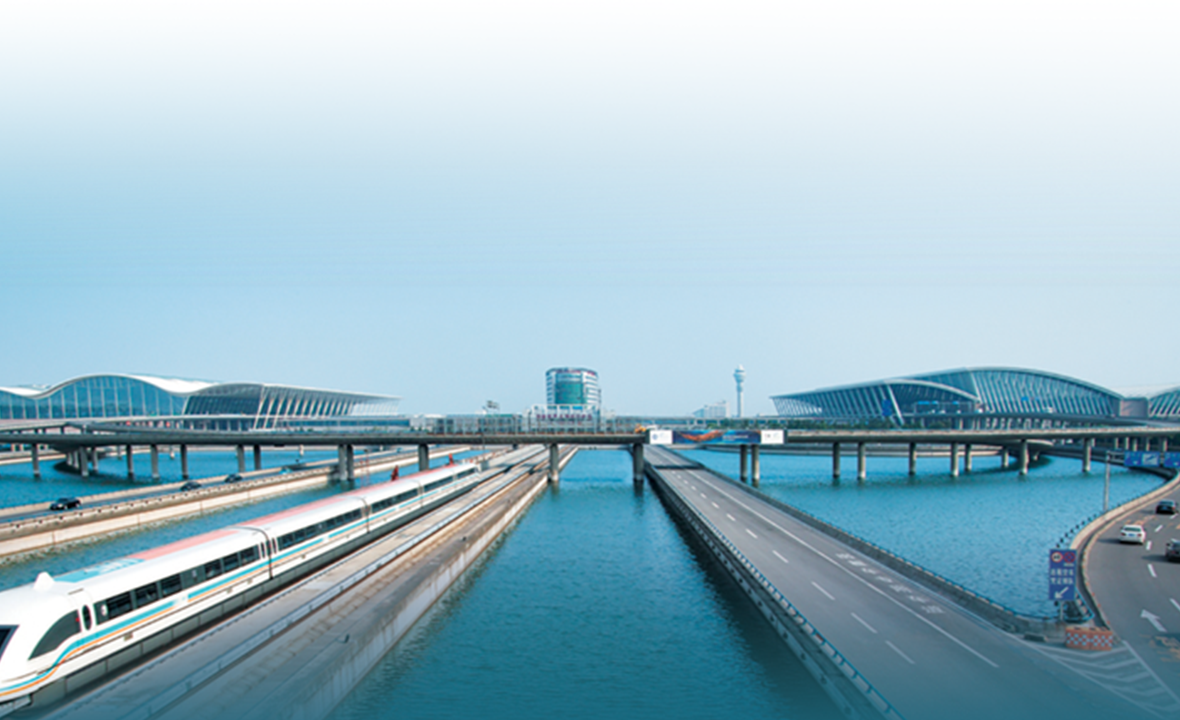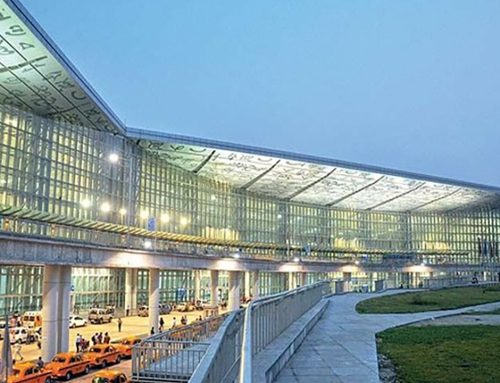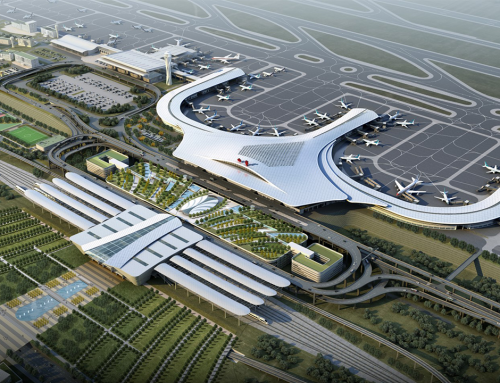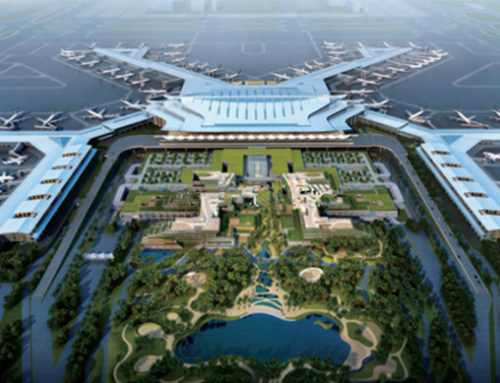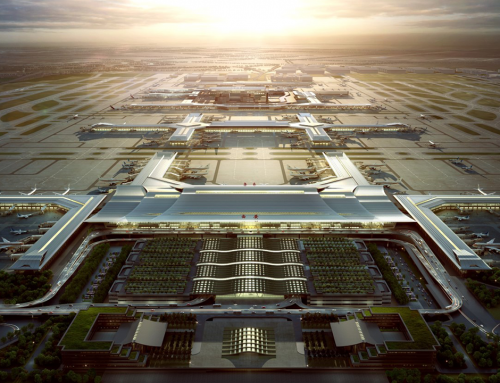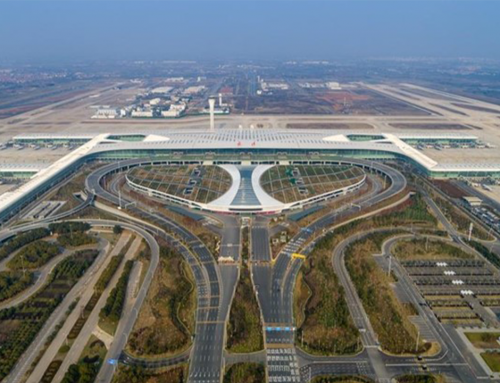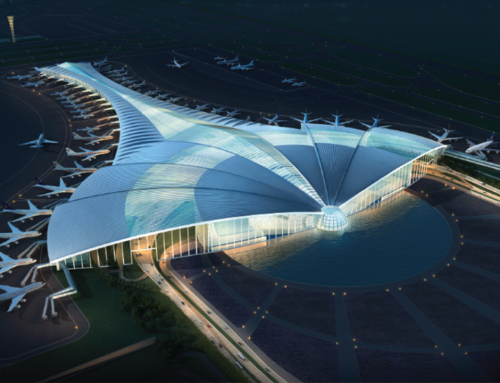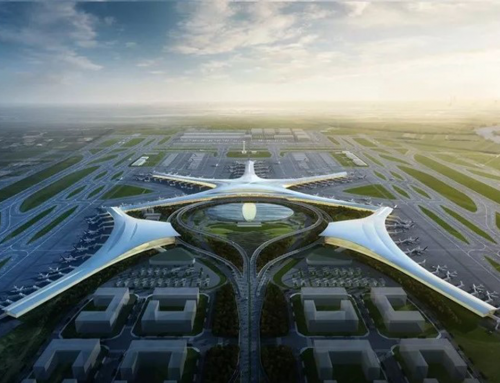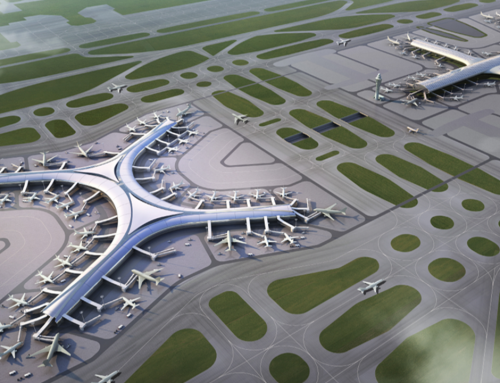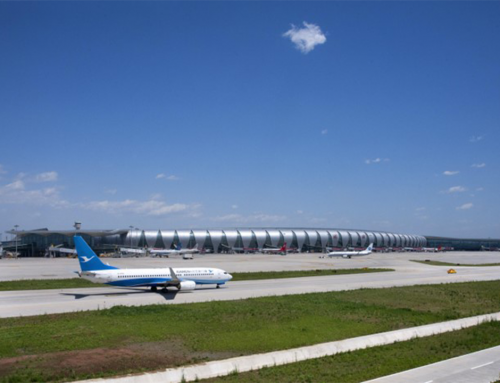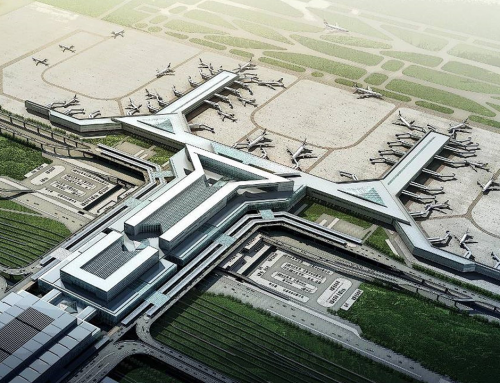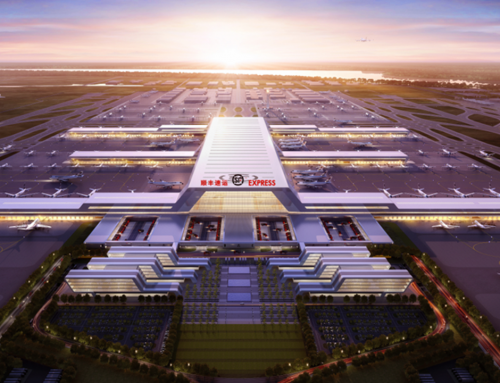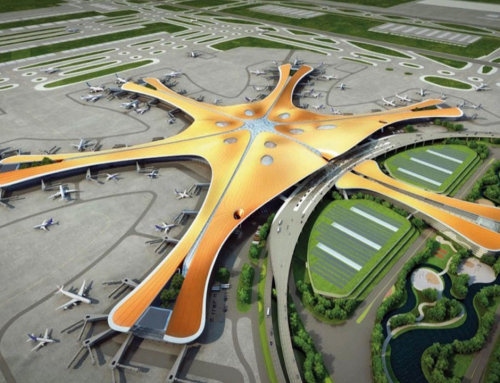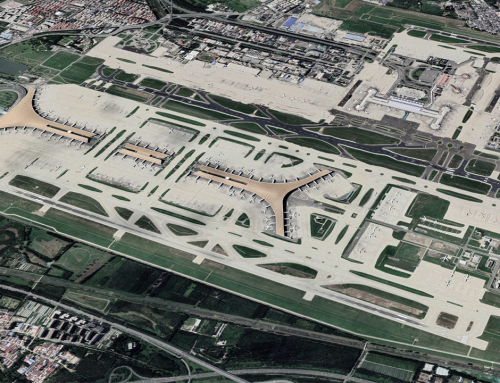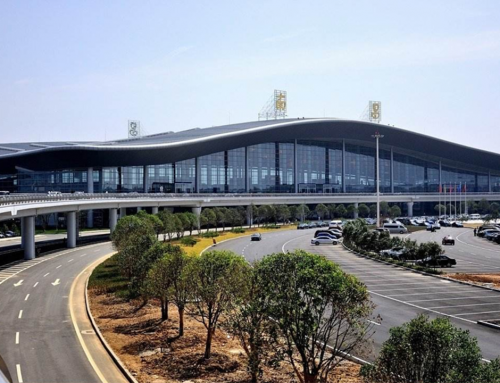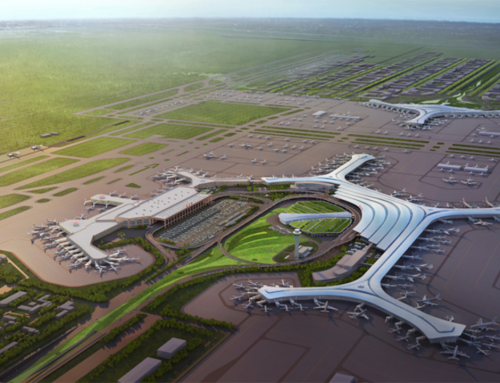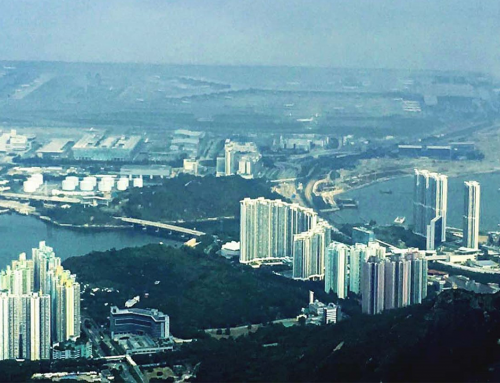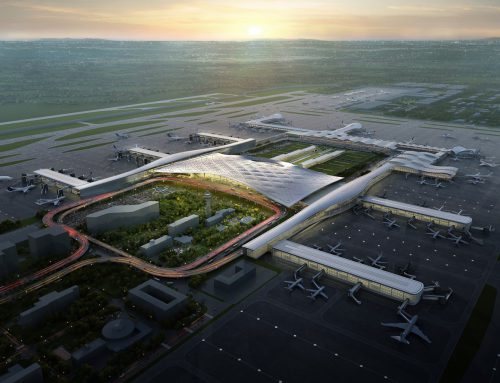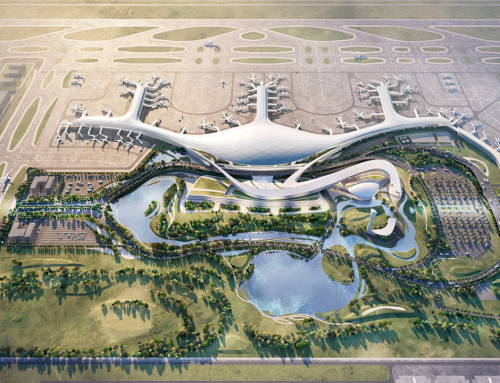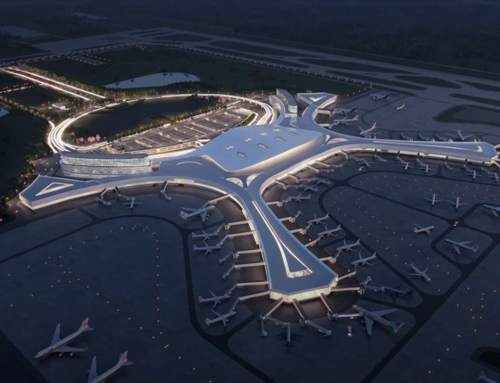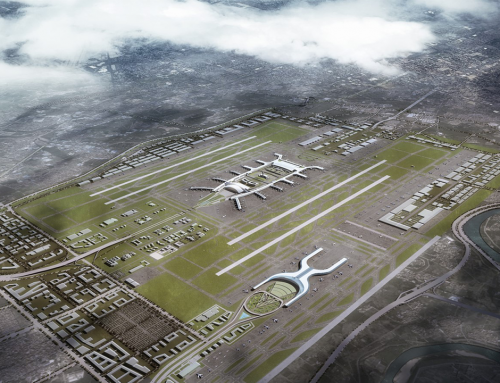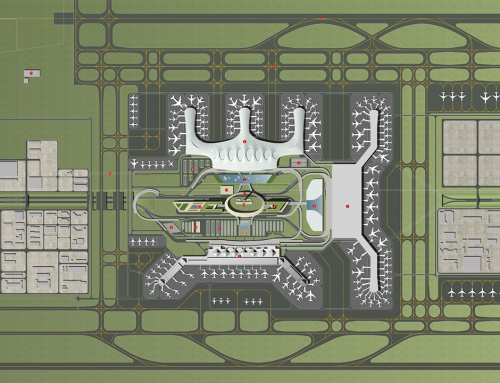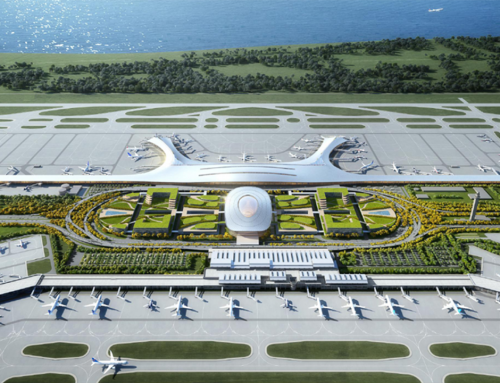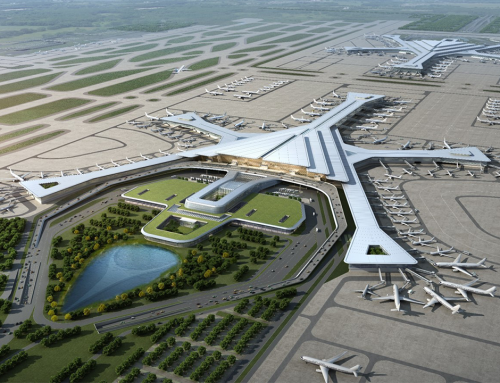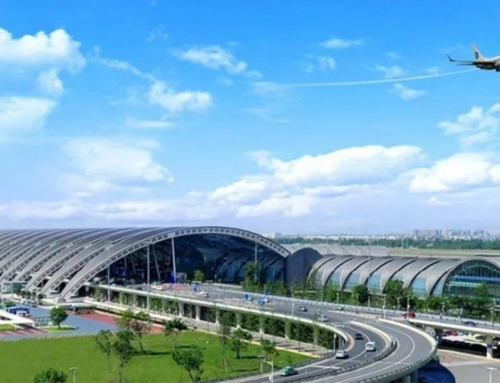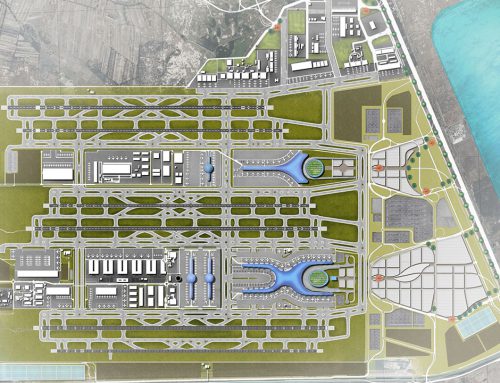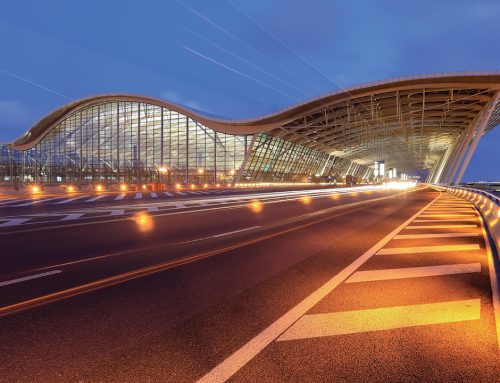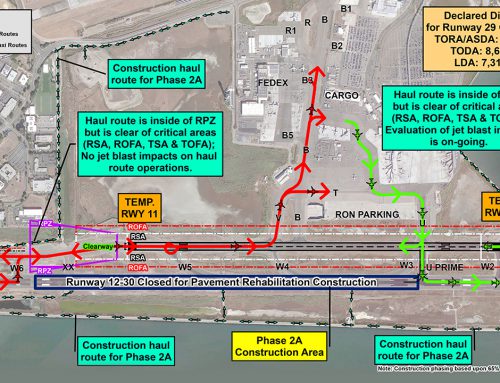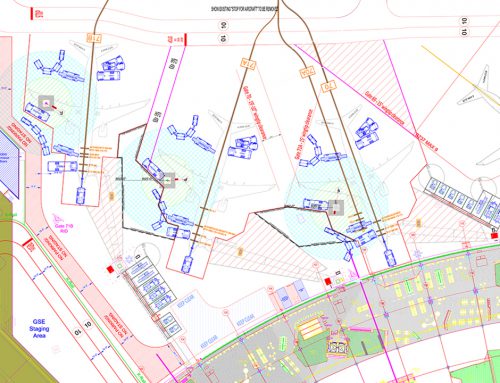Project Description
Shanghai Pudong International Airport
Client: Shanghai Pudong International Airport
In 2003, Landrum & Brown won first place in the international solicitation for the Phase II Design Competition for the Shanghai Pudong International Airport (SPIA). Following this won, L&B also had been engaged by the Shanghai Airport Authority to perform multiple planning support assignments related to the Phase II development and Master Plan Update. With rich experience in international aviation planning and design, L&B had performed the airside simulation study to determine the taxiway infrastructure required to serve efficiently the future runway layout, as well as to justify increased lateral spacing between the 2nd runway under construction at that time and the third planned parallel runway. This analysis supported the potential decision to increase the spacing between the 2nd and 3rd runway to 760 meters to preserve future flexibility for independent arrival/departure operations, thereby adding substantial value to the overall airport master plan. The final master plan was approved by the China Civil Aviation Administration in 2004.
In 2012, L&B was engaged by the Shanghai Airport Authority to perform multiple planning support assignments related to the Phase III development and Master Plan Update. This consulting service not only laid down a good basis for the south terminal concept design competition in May. 2013, this planning service also involved technical assessment support for the terminal design competition, focusing on scheme innovation, operation flexibility, functional layout, passenger flow design, APM design, construction difficulty technical evaluation, etc. This service provided help to the airport phase III expansion project for more efficient design and construction while preserving future development and capacity flexibility.
In 2018, with the steady passengers’ growth at Pudong International Airport, L&B was invited to provide preliminary and design consulting work for the T3 terminal area. The T3 terminal area will adopt the planning scheme integrating the main terminal building and the comprehensive ground transportation hub, and create an airport complex by combining the airport express, airport MRT, supporting services, commercial office buildings, etc. After the completion of the T3 terminal, Pudong Airport can reach 120 million passenger capacity. L&B’s consulting work has contributed to the airport planning into a world-class comprehensive transportation hub with “high standard, integration and full integration”.
Other related studies include:
- Terminal 2 Operational Readiness and Commissioning
- T1 Renovation and Facilities Requirement Analysis
- Airside Operation Simulation
- East Cargo Area Apron Planning
- South Terminal Area Airside and Apron Optimization and Adjustment, Satellite Terminal Processing Study
- Reconstruction assessment of existing terminal resource bottleneck facilities
- World-Class Hub Airport Planning and Operational Efficiency Analysis
- Business Jet Base Planning
- Airline Allocation Analysis
